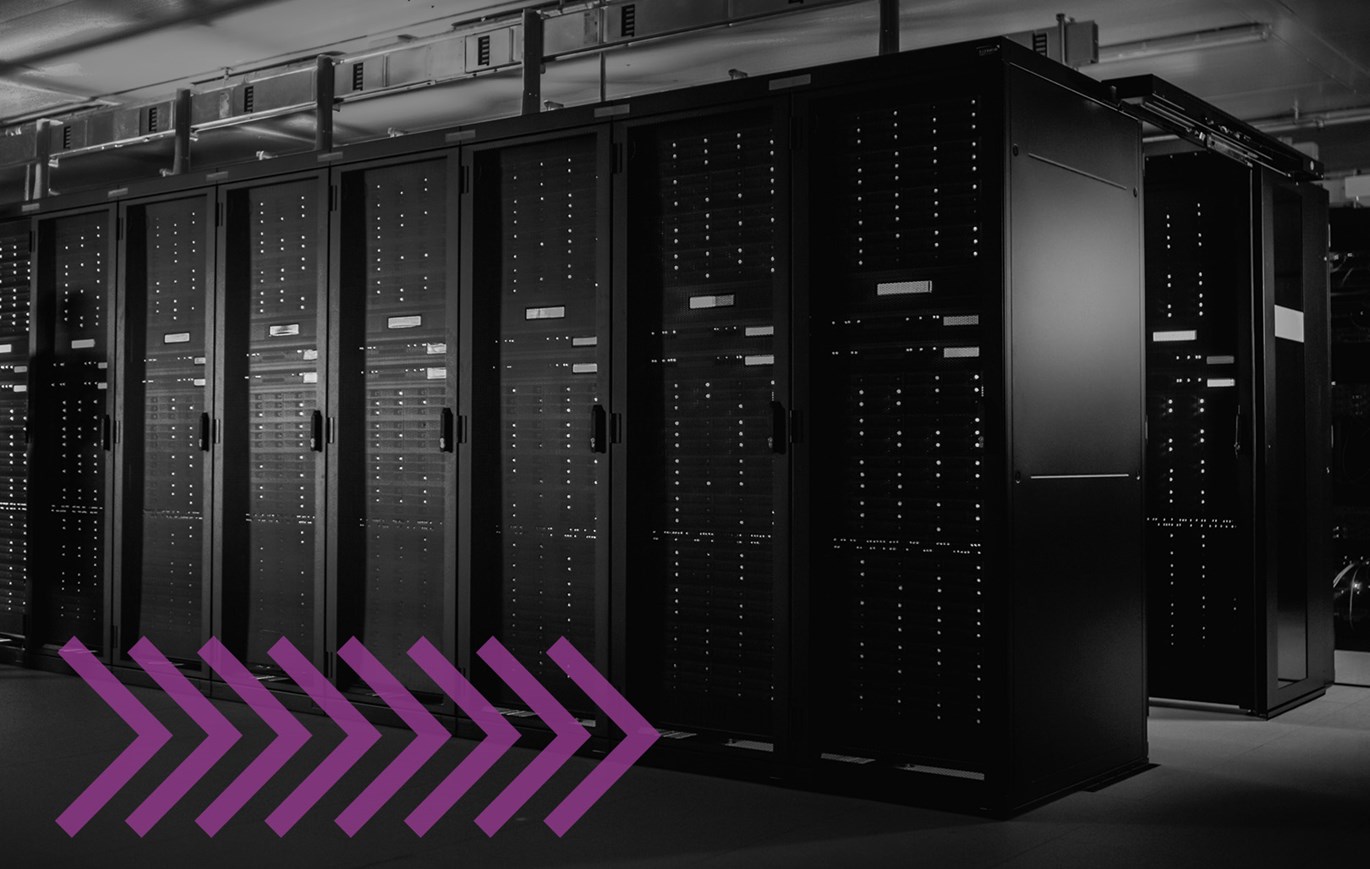Kursmaterialet är på engelska, med detta innehåll:
Explore end-to-end analytics with Microsoft Fabric
Learn how to describe the full analytics workflow in Fabric, identify the roles and teams involved, and understand how to enable and use the Fabric service in their tenant.
Ingest data with Dataflow Gen2
This part covers the low-code graphical environment of Dataflow Gen2, showing how to extract, transform, and load data for reuse in pipelines and detailing its benefits and limitations.
Orchestrate processes and data movement with Microsoft Fabric
Discover how to build, run, and monitor Data Factory–style pipelines in Fabric, including copying data, using templates, and scheduling jobs.
Use Apache Spark in Microsoft Fabric
This section introduces Spark pools and notebooks in Fabric, teaching how to ingest, transform, analyze, and visualize big data at scale with PySpark and Spark SQL.
Get started with data warehouses in Microsoft Fabric
Learn the fundamentals of relational warehousing in Fabric, including schema design (star and snowflake), table types, and how to create and visualize a warehouse in the Fabric portal.
Load data into a Microsoft Fabric data warehouse
This part details the four ingestion methods (COPY T-SQL, pipelines, Dataflows Gen2, cross-warehouse), how to stage and transform data, and how to load dimensions and facts with T-SQL.
Query a data warehouse in Microsoft Fabric
Participants practice writing T-SQL and DAX queries against warehouse tables, using visual query editors, ranking functions, and exporting results for downstream reporting.
Monitor a Microsoft Fabric data warehouse
This section covers monitoring techniques using the Fabric Capacity Metrics app, Dynamic Management Views (DMVs), and Query Insights views to track performance, workloads, and long-running queries.
Secure a Microsoft Fabric data warehouse
Here you learn to apply Dynamic Data Masking, Row-Level and Column-Level Security, and fine-grained SQL permissions to protect sensitive data in your warehouse.
Add measures to Power BI semantic models
This module introduces DAX, explains implicit versus explicit measures, calculated columns and tables, and teaches how filter context and the CALCULATE function shape dynamic calculations.
Design scalable semantic models
Participants choose storage modes (Import, DirectQuery, Direct Lake), enable large storage and incremental refresh, and apply modeling best practices for performance and maintainability.
Optimize a model for performance in Power BI
Learn to use Performance Analyzer, optimize DAX formulas and relationships, reduce cardinality, and create aggregations to speed up report rendering and query execution.
Create and manage Power BI assets
This section shows how to build core and specialized semantic models, use PBIT and Power BI Project files, manage changes via CI/CD pipelines, endorse content, and work with the XMLA endpoint.
Enforce semantic model security
Participants configure Row-Level and Object-Level Security in Power BI models, apply dynamic and static rules, and follow development practices to test and validate permissions.
Get started with Real-Time Intelligence with Microsoft Fabric
This module covers the basics of Kusto Query Language (KQL), the Queryset canvas, converting between T-SQL and KQL, and rendering visualizations and charts from streaming data.
Secure data access in Microsoft Fabric
Here you learn Fabric’s multi-layer security model, workspace and item-level permissions, granular T-SQL controls, and OneLake data access roles for securing files and folders.
Administer Microsoft Fabric
Participants explore Fabric’s architecture, tenant and capacity concepts, use the Admin portal and Capacity Metrics app, manage licenses and user access, and set up governance via endorsements and lineage.


